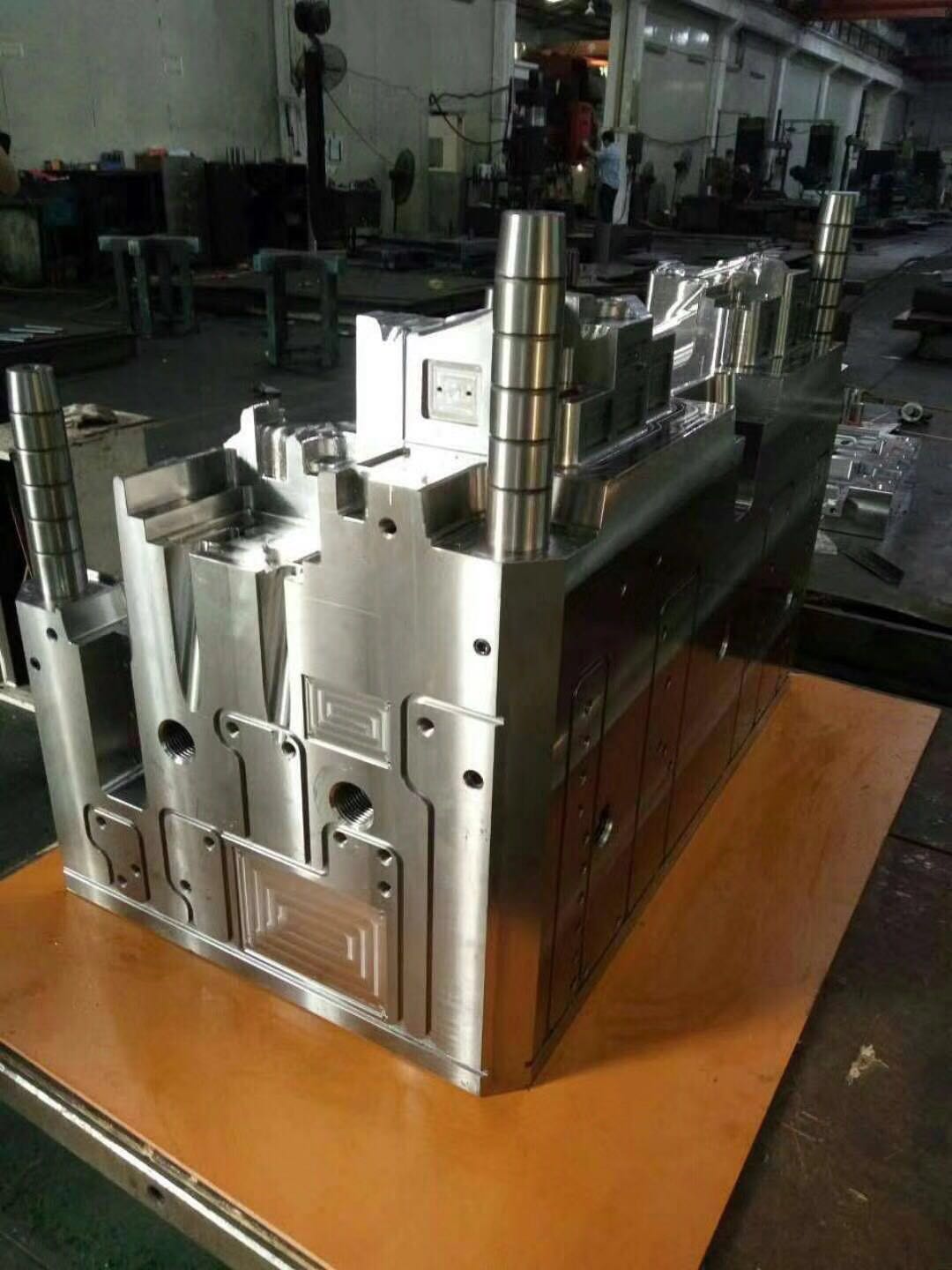GoodBo Mould Co., Ltd was founded in 1988 and is a professional manufacturer and trader engaged in the research and production of Plastic mold,Plastic injection,Multi color injection molding,Blow Molding,Die Casting Mold,Mock up sample,Mold standard components and injection molds. We are located in Guangdong, China, with a factory address in Shenzhen and convenient transportation.
All of our products meet international quality standards and are highly appreciated in various markets around the world. We have over 200 employees and annual produce around 400-600 sets of various plastic injection molds, including auto parts,home appliances,medical instruments,office appliances,communicating equipments, etc. Our well-equipped facilities and excellent quality control throughout the entire production phase enable us to ensure comprehensive customer satisfaction.
Why Choose GoodBo Mould?
- 1Now we totally have more than 200 employees in the plant and the annual manufacturing capacity is around 400-600 sets of various plastic injection moulds for parts of auto parts, home appliances, medical instruments, office appliances and communicating equipments, etc. GoodBo Mould offers you the benefits of lower costs coupled with the high engineering and production standards expected in the European, North American and Japan injection moulding industry as well as some big domestic enterprises.
Mould---FAQs Guide
2.Does the mould design comply with industry standards and regulations?
3.What type of part ejection system does the mould use, and how does it ensure smooth ejection without defects?
4.What are the common types of mould used for metal alloys?
5.What materials are usually used to make mould?
6.What is the production capacity of the factory for mould?
1.How does the temperature of a mould affect the moulding process?
We have a professional team that is committed to the innovation and development of mould. Temperature is a critical factor in the moulding process. If the mould is too cold, the plastic material will not flow properly and the moulded part will be of poor quality. If the mould is too hot, the plastic material will degrade and the moulded part will be of poor quality. The ideal temperature for the mould depends on the type of plastic material being used. Generally, the mould should be heated to a temperature that is slightly higher than the melting point of the plastic material. This will ensure that the plastic material flows properly and the moulded part has a good finish.
2.Does the mould design comply with industry standards and regulations?
As one of the top mould manufacturers in China, we take this very seriously. Yes, the mold design should comply with industry standards and regulations. It is important to ensure that the mold design meets all applicable safety and quality standards.
3.What type of part ejection system does the mould use, and how does it ensure smooth ejection without defects?
We focus on providing high quality mould products and services. The type of part ejection system used in a mold depends on the type of mold and the complexity of the part being molded. Generally, the most common type of part ejection system is a mechanical ejector system, which uses pins, blades, or other mechanical components to push the part out of the mold. This system ensures smooth ejection without defects by providing a consistent force to the part, which prevents it from sticking to the mold or becoming damaged during the ejection process. Additionally, the ejector system can be adjusted to provide the optimal amount of force for the part being molded.
4.What are the common types of mould used for metal alloys?
We continuously upgrade our skills and knowledge to adapt to changing mould market needs.
1. Sand Casting Moulds: Sand casting is one of the most popular and cost-effective methods for producing metal parts and components. Sand casting moulds are made from a mixture of sand, clay, and water. The sand is packed around a pattern of the desired shape, and then the pattern is removed and molten metal is poured into the cavity.
2. Investment Casting Moulds: Investment casting is a process in which a wax pattern is used to create a mould. The wax pattern is then encased in a ceramic shell, which is heated to melt the wax and create a cavity for the molten metal to be poured into.
3. Permanent Moulds: Permanent moulds are made from metal and are used to produce parts with complex shapes and intricate details. The mould is heated and the molten metal is poured into the cavity.
4. Die Casting Moulds: Die casting is a process in which molten metal is forced into a mould under high pressure. The mould is usually made from steel or aluminium and is designed to produce parts with precise dimensions and intricate details.
5.What materials are usually used to make mould?
We have established long-term and stable partnerships with our suppliers, so we have great advantages in price and cost and quality assurance. Moulds are typically made from metal, plastic, rubber, silicone, or plaster.

6.What is the production capacity of the factory for mould?
The annual manufacturing capacity is around 400-600 sets of various plastic injection moulds for parts of auto parts, home appliances, medical instruments, office appliances and communicating equipments, etc.

